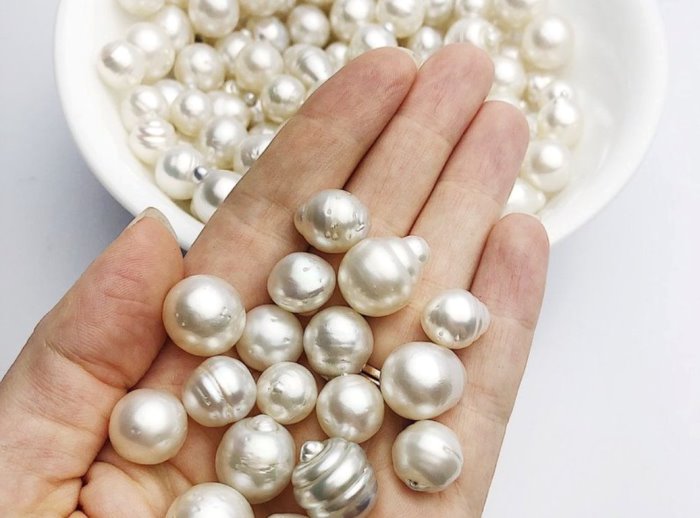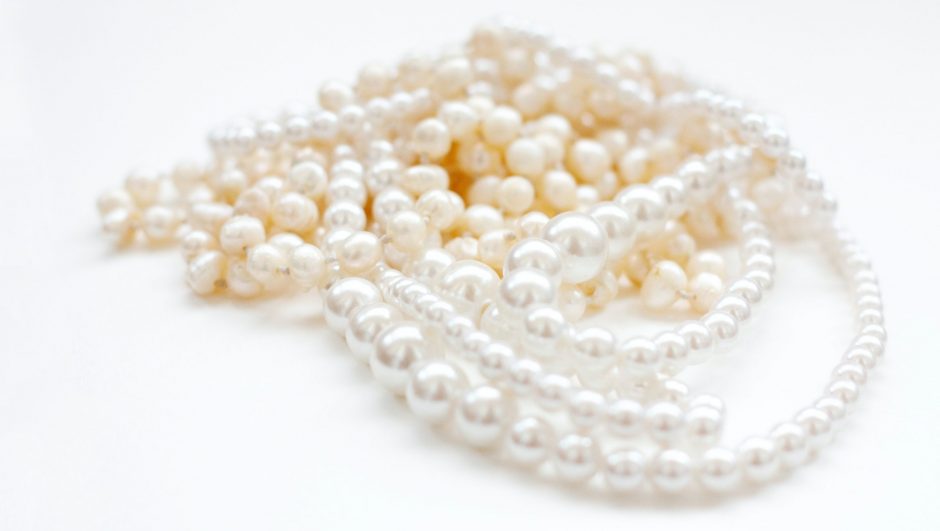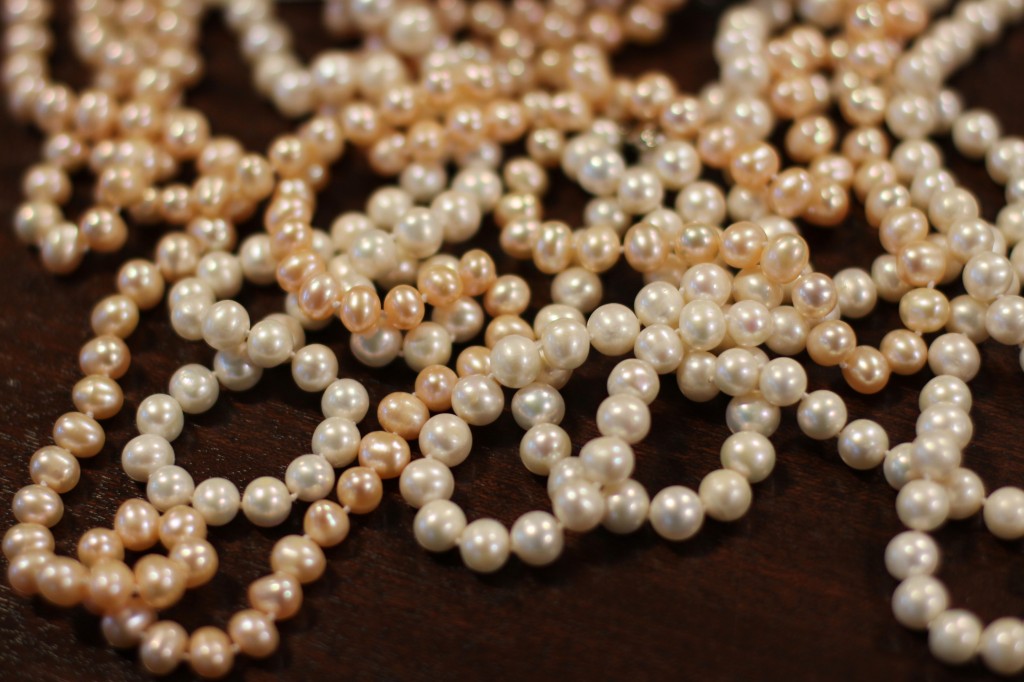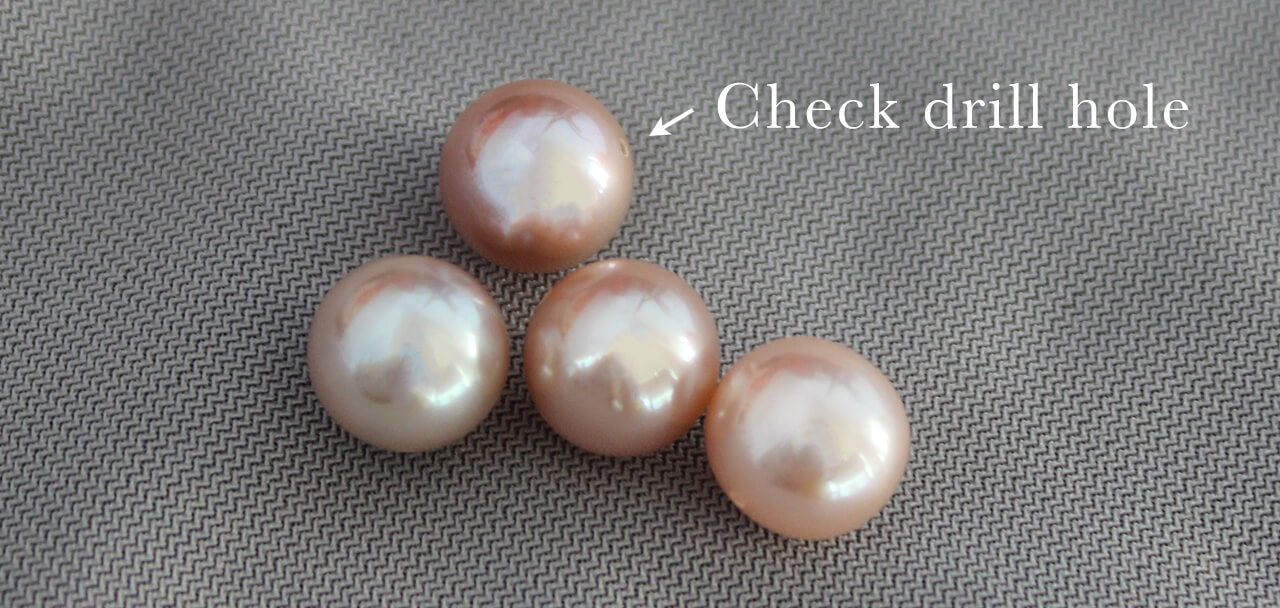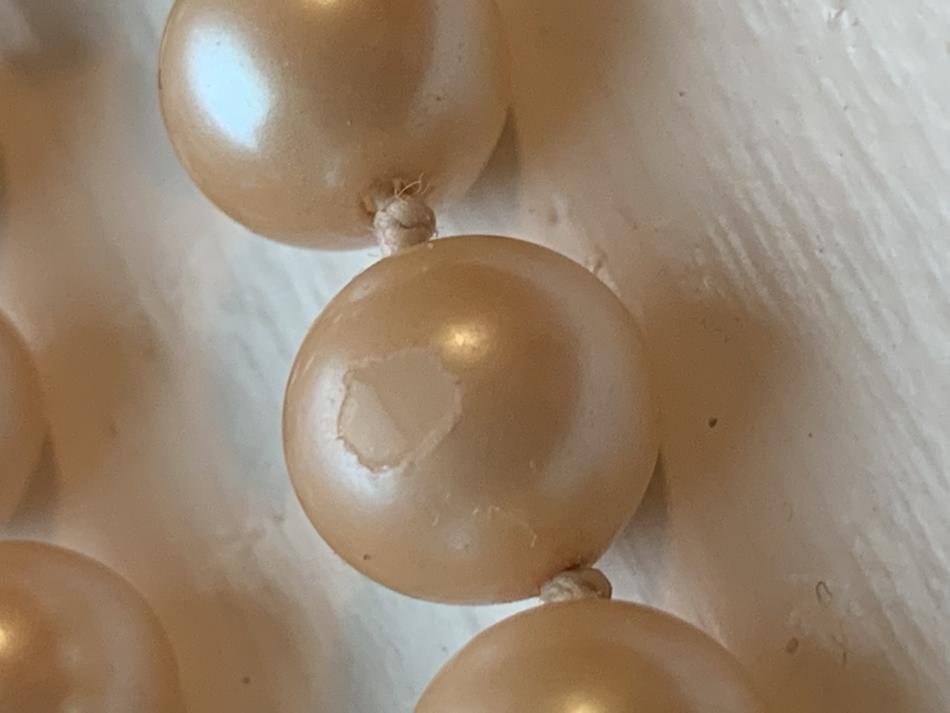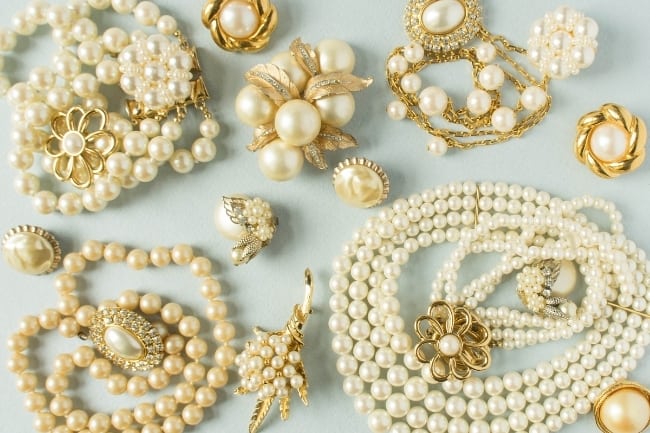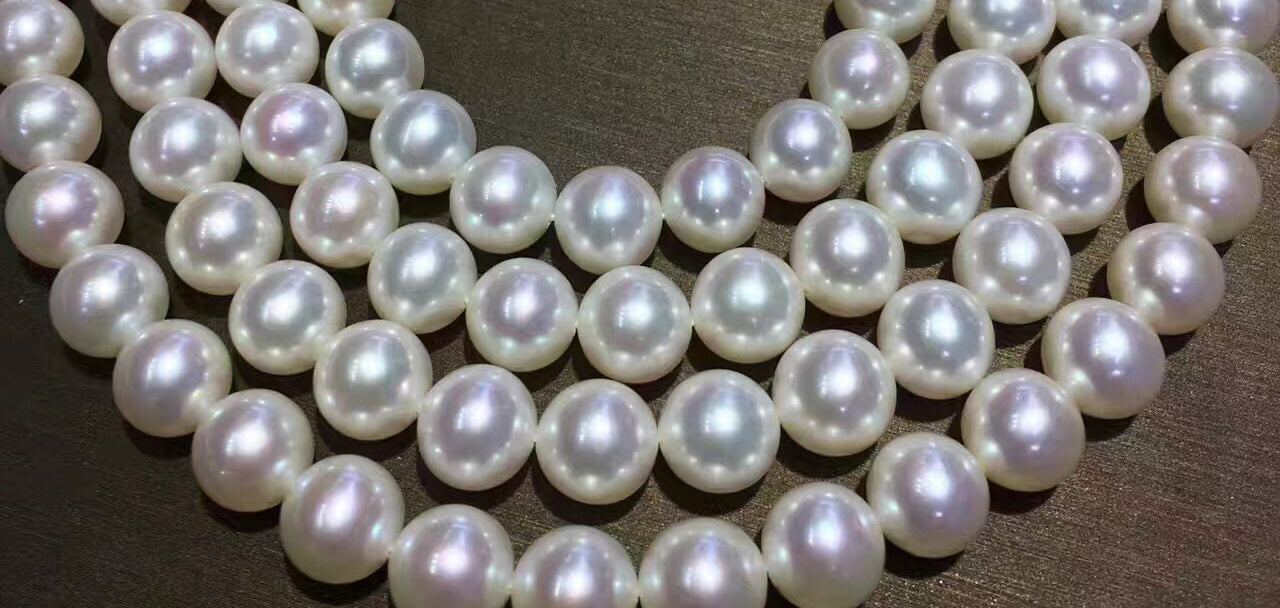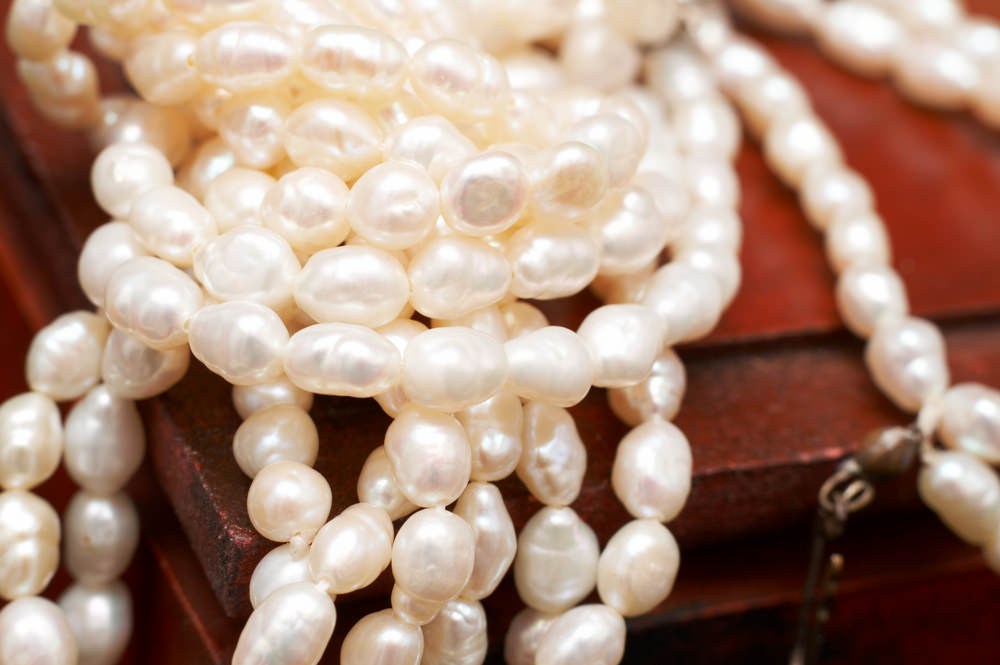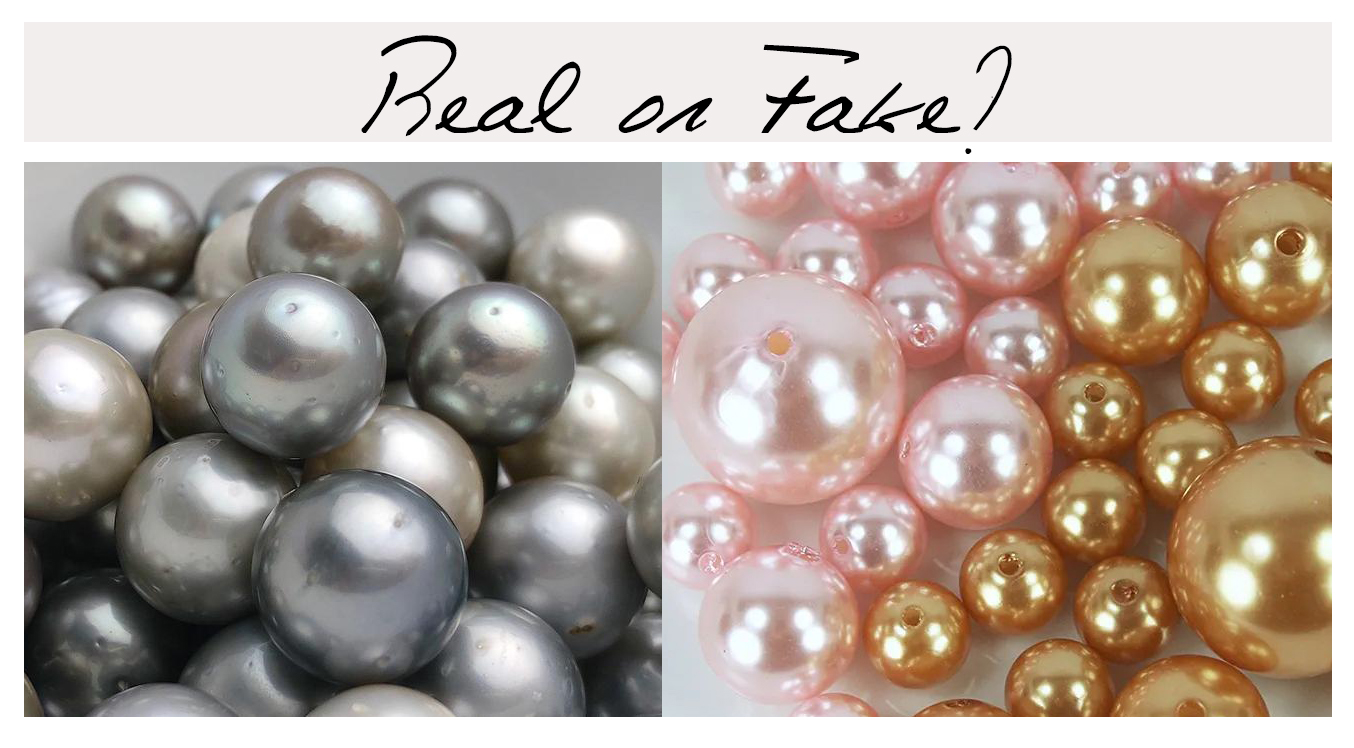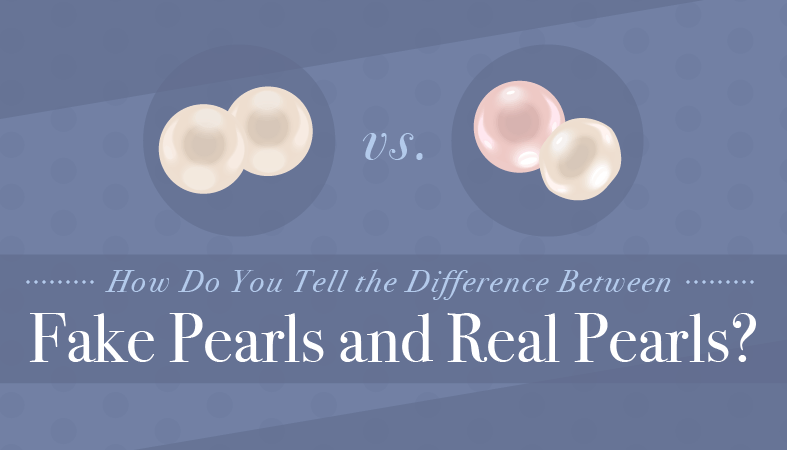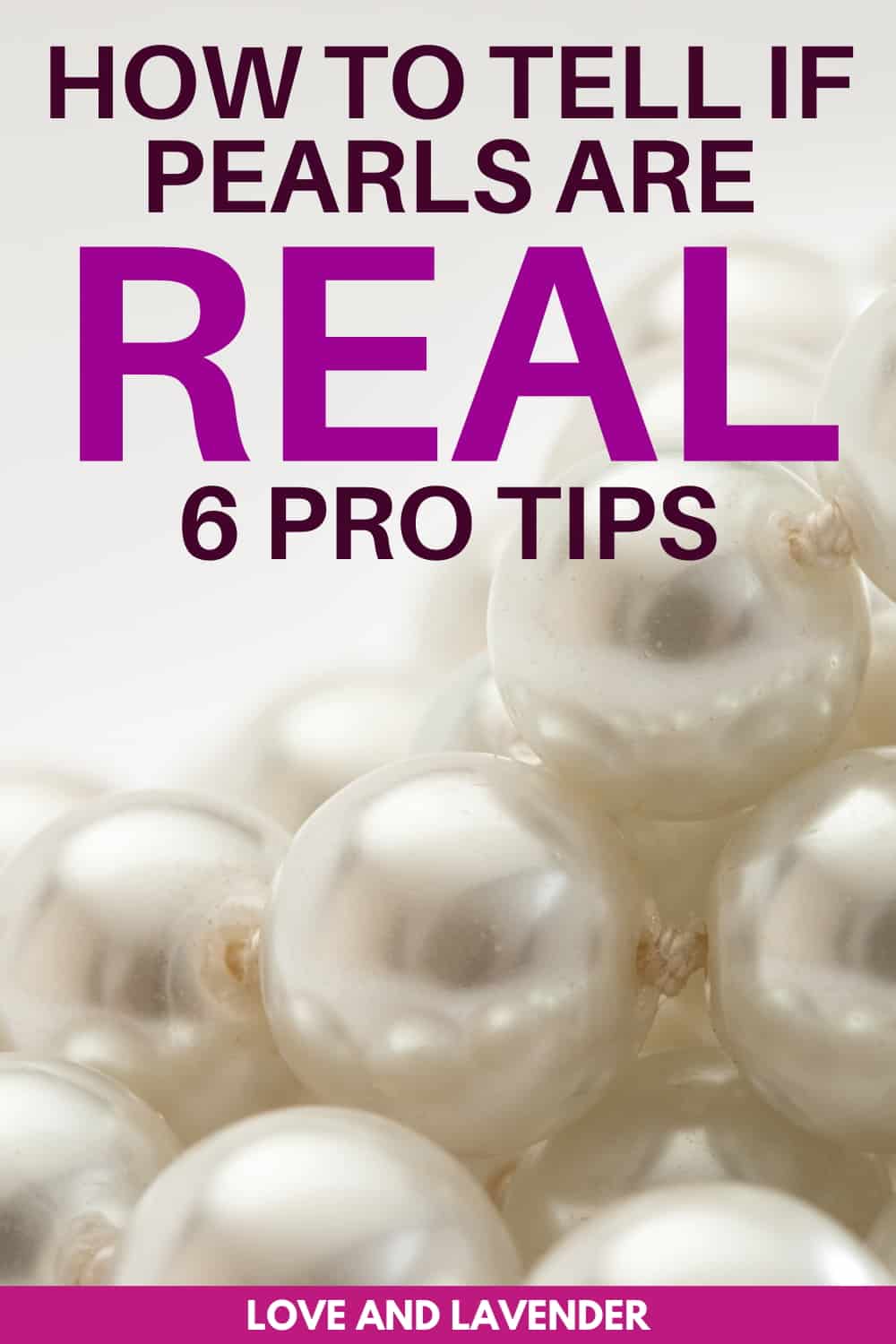Fantastic Info About How To See If Pearls Are Real

It can also help you test if your pearls are genuine.
How to see if pearls are real. It's also effortless to perform! The surface of real pearls is made out of nacre, which has a gritty feel to it. Real pearls should bounce about 35 cm after being dropped from a height of 60 cm.
Put a drop of vinegar on the pearl or submerge the pearl in a small cup of vinegar. It can be a freshwater or saltwater oyster, farmed or. Your teeth can do more than help you savor tasty dishes.
Real pearls will have a higher bounce than the fake variety. The vinegar test is exactly what it sounds like. Therefore, if it feels like sandpaper rubbing against your teeth, this means the pearl is real.
With a knife or scissors scraping the surface of the real pearl, it will only fall some powder; How can i tell if a pearl is real? A surprisingly effective fix for knowing if pearls are real is to drop a pearl onto glass and measure the bounce.
Because pearls can be quite delicate, most pearl necklaces will be strung with tiny knots in between each one. Another way to tell if a stone is a pearl is to rub it against. All you have to do is take the pearl and gently rub it along the surface of.
Check the luster of the pearl as well. The materials used to make fake pearls are lighter than the layered nacre of a real pearl. First, you need to know the difference between real and fake pearls:
Because of their density, real pearls will also. How can you tell good pearls from bad pearls? The acetic acid in vinegar will react with the calcium carbonate in the nacre of the pearl.
If the surface is smooth and has a lustrous sheen, it is likely a pearl. How to tell if pearls are real. Up to 4% cash back do you know how to tell if your pearls are real?
Real pearls are solid, dense and sit heavily in the hand. Watch more buying, spending, & shopping tips videos: Discover how pearls are made and learn about how you can identify fake or real pearls.
The acetic acid in vinegar will react with the calcium carbonate in the nacre of the pearl. The most common way is to look at the stone’s surface. Position the pearl about 24 inches above a glass surface, such.

